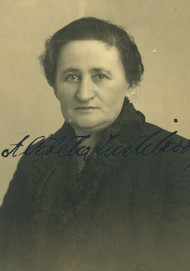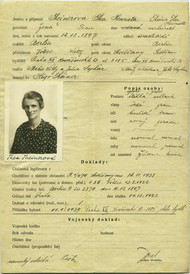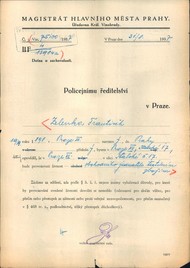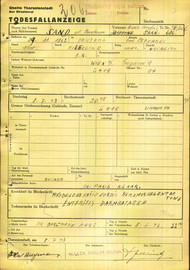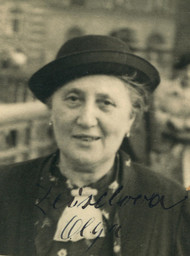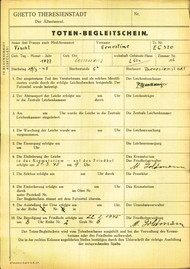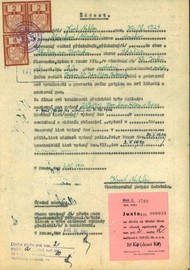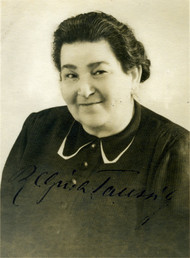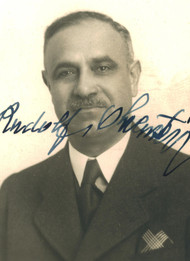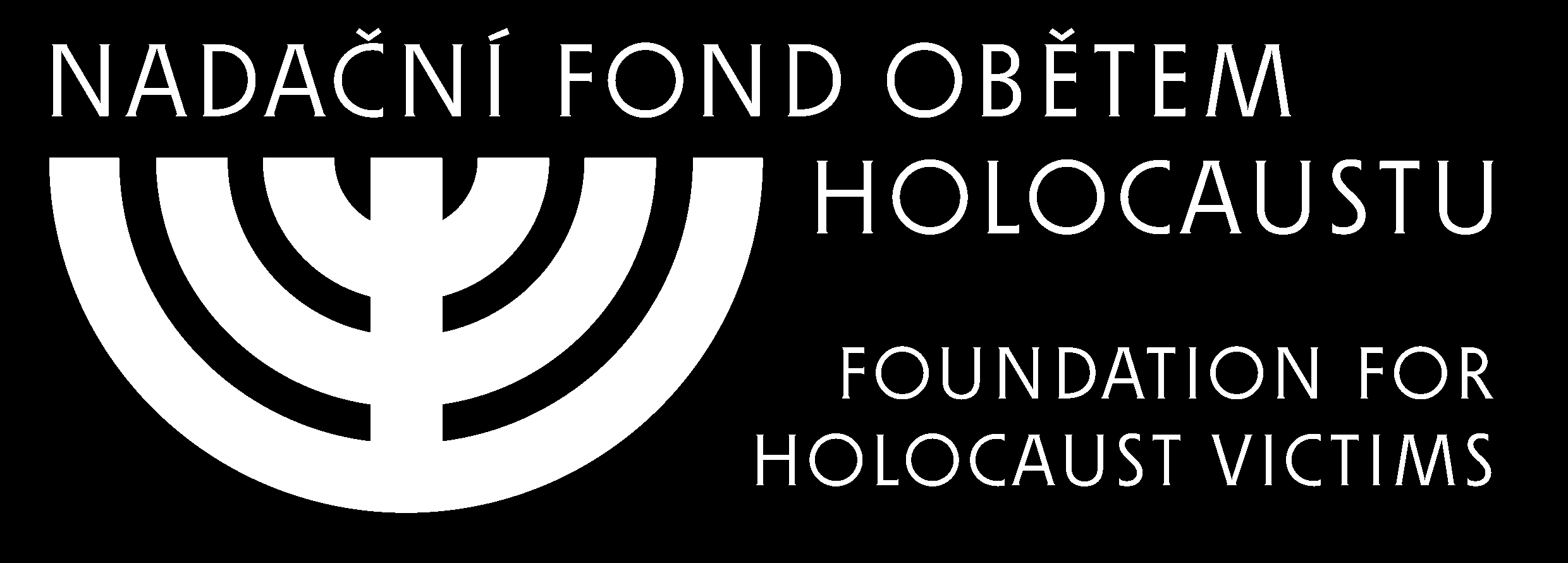As the largest Nazi concentration and extermination camp, the concentration camp complex near the Polish city of Oświęcim
(Auschwitz) has become a symbol of the suffering and death of more than a million men, women and children from all over Europe.
The extermination camp at Auschwitz-Birkenau, where predominantly Jews, Roma and Sinti were murdered, played a crucial role
in the systematic mass murders committed by the Nazis. At Auschwitz-Birkenau, the Nazis imprisoned various groups of people
in different sections of the camp. In section B-II-e, there was a “gypsy family camp” from spring 1943 to summer 1944, in which
about 23,000 European Roma and Sinti and others, categorized by the Nazis as “racial gypsies and gypsy half-breeds”, were imprisoned.1
The line of action the German Nazis chose against the Roma and Sinti was prepared and defined in the German Reich, based
on Nazi “racial science” and put into practice through various political measurements, culminating in mass murder in concentration
and extermination camps. The decree on the “battle against the gypsy plague”, issued by the commander of the SS and police,
Heinrich Himmler on 8 December 1938, regulated the solution to the “gypsy question” in the Reich on a racial basis. From May
1940 on, the first deportations of German Roma and Sinti from the Reich into the territory of occupied Poland took place,
where the Nazis imprisoned them in various camps and ghettos (for example in Łódź). Alongside the preparation and implementation
of the “final solution to the Jewish question”, conditions were gradually created for the last stage of the “final solution to
the gypsy question”. The final decision on the fate of the Roma and Sinti not only in Germany, but in the whole of Nazi-controlled
Europe was published on December 16, 1942, when Himmler issued the so-called Auschwitz decree (Auschwitz-Erlass). This decree
and its implementing directives issued by the Reich Security Head Office (Reichssicherheitshauptamt) on January 29, 1943,
ordered the deportation of “gypsy half-breeds, gypsies-Roma and non-German members of gypsy tribes of Balkan origin” to the
Auschwitz II-Birkenau concentration camp on former Polish territory annexed to the Reich.
An extended version of the text, including all sources, is available here.
Next chapter: Establishment and spacial organization of the camp



